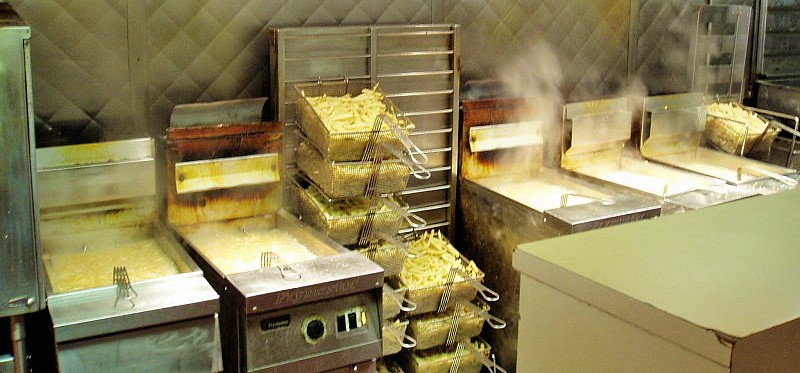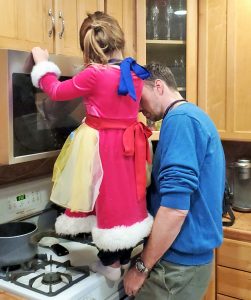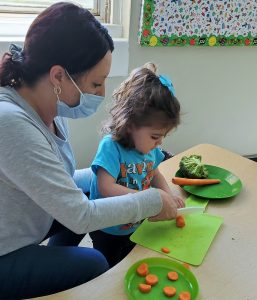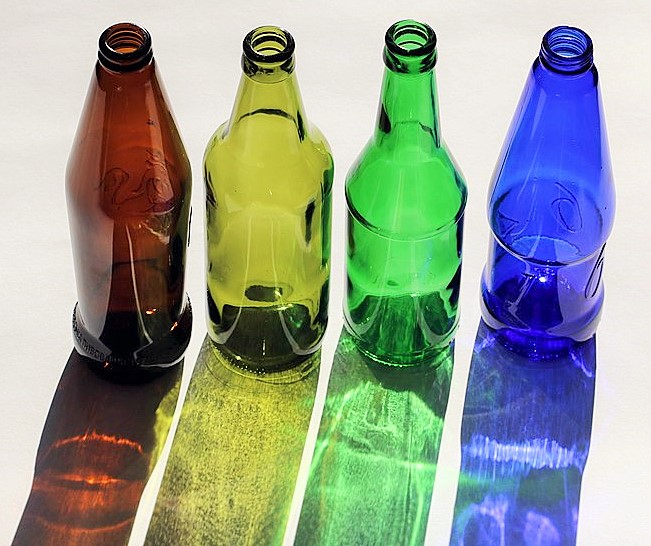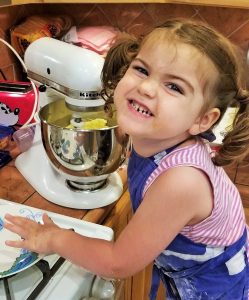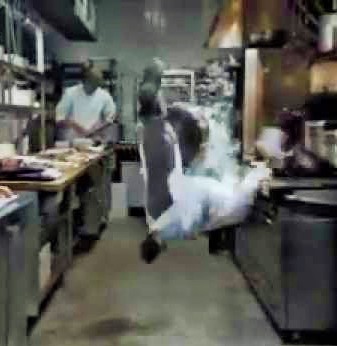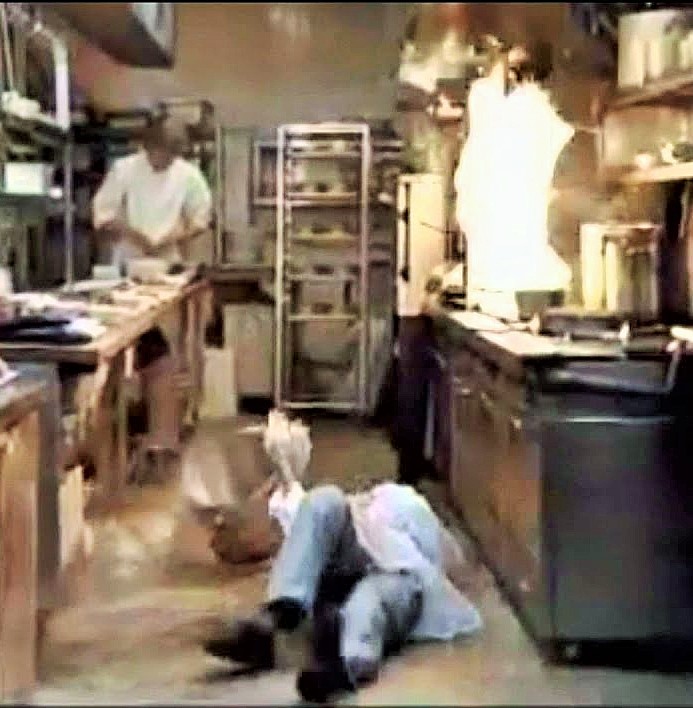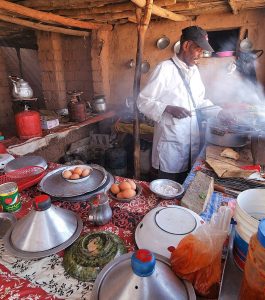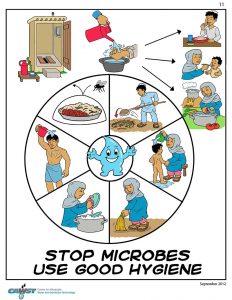We’re all aware of accidents that can happen in kitchens. The bathroom may be the most common room for injuries, but kitchen injuries come in a wide variety of gory types. For example
- Knife cuts
- Burn hazards
- Injury from machines
- Slips, trips, and falls
- Lifting injuries
- Head and eye Injuries
- Crowded workspace risks
- Chemical hazards
- Fire hazards
- Electric shock
- Infection or contamination
Similarly, most people take steps to minimize accidents. For example, keeping knives sharp because dull blades will more easily slip off food and into a finger; keeping floors dry; and making sure ovens and stove burners are turned off after use.
Writers, think home invasions, homicide, domestic violence, and torture. What can happen accidentally in the kitchen can be inflicted on purpose or in the heat of the moment.
Burns
Serious burns are easy to come by in the kitchen: touching hot surfaces, direct flames, hot oils, hot pots and pans, or scalding from hot liquids like boiling water, oils, and steam. All provide an opportunity to inflict serious injury or even death.
Long hair is particularly hazardous around heat. Extra long tresses can swing too close to the flame or get caught on knobs and catch fire before the owner even notices.
Steam can reach temperatures over 400°F. Steam burns tend to be far more intense than scalding from boiling water. And don’t forget burns caused by electricity or chemicals.
Knives
Any variety of cutting implement, including vegetable slicers, food processors, and table knives, are a natural, and offer a variety of possible injuries depending on size, serration, etc.
- Stabbing
- Slicing
- Removing body parts that may or may not be essential
- Fingers
- Toes
- Ears
- Hands
- According to lore, the most commonly seen injuries in New York Emergency Rooms are from people cutting open their own fingers while trying to slice bagels!
Cuts
Even without tools specifically designed for cutting, serious injuries can be inflicted lots of ways. Kitchens have plenty of glassware and crockery, all of which can be broken and used to slice someone’s skin. Being thrown into a window is always exciting!
Stabbing

Beside knives, stabbing can be done with scissors, metal kebob skewers, fondue and cooking forks, corkscrews, or nearly anything pointy a very determined stabber can lay hands on.
For other skin injuries think graters, slicers, garbage disposals, or food processors.
Bludgeoning
Blunt force trauma isn’t just for the head—think broken fingers, feet, or limbs. Any heavy object will do.
- Cast iron cookware
- Counter top KitchenAid mixer
- Liquor or wine bottles (which can then be used to stab or slice)
- Meat hammer/tenderizer
- Canned goods
- Cutting boards
- Cartons of ice cream (though that seems like a waste of perfectly good ice cream – blood does not improve the flavor)
- Fire extinguishers
Head Injuries
Besides bludgeoning someone in the head, there are plenty of other methods of attaining a head injury in the kitchen. Many are caused by being pushed or shoved, or falling into kitchen fixtures. Water, oil, grease, and things you’d rather not think about are often spilled on kitchen floors, making slips and falls much more likely.
- Overhanging shelves
- Corners of open doors
- Walls
- Furniture
- Floor
- Being forced into a tight, confined place such as a walk-in pantry or chest freezer
- Especially tall people will hit their heads on everything
- Especially short people are likely to climb on counters or stepstools, with the associated risk of falling
When considering head injuries, go beyond concussion and bruising. Consider intentionally popping out an eyeball with a fruit spoon or strawberry huller—although accidental eye injuries in kitchens more commonly result from hot oil, steam, or water.
Choking
- Dishtowel
- Appliance cord
- Apron
- Stuffing something down the victim’s throat
- Accidentally (or tricked into) eating something that causes anaphylactic shock
So, do what you can about accident hazards in the kitchen. Avoid overcrowding for injuries are often caused by bumping into or tripping over another person. Do not try to do kitchen work if you are overtired, ill or under the influence of alcohol or medication. Remove all trip and slip hazards. But …
Bottom line: Whether accident or attack, the kitchen is a great place to ramp up tension, develop plot, or create a puzzle.

